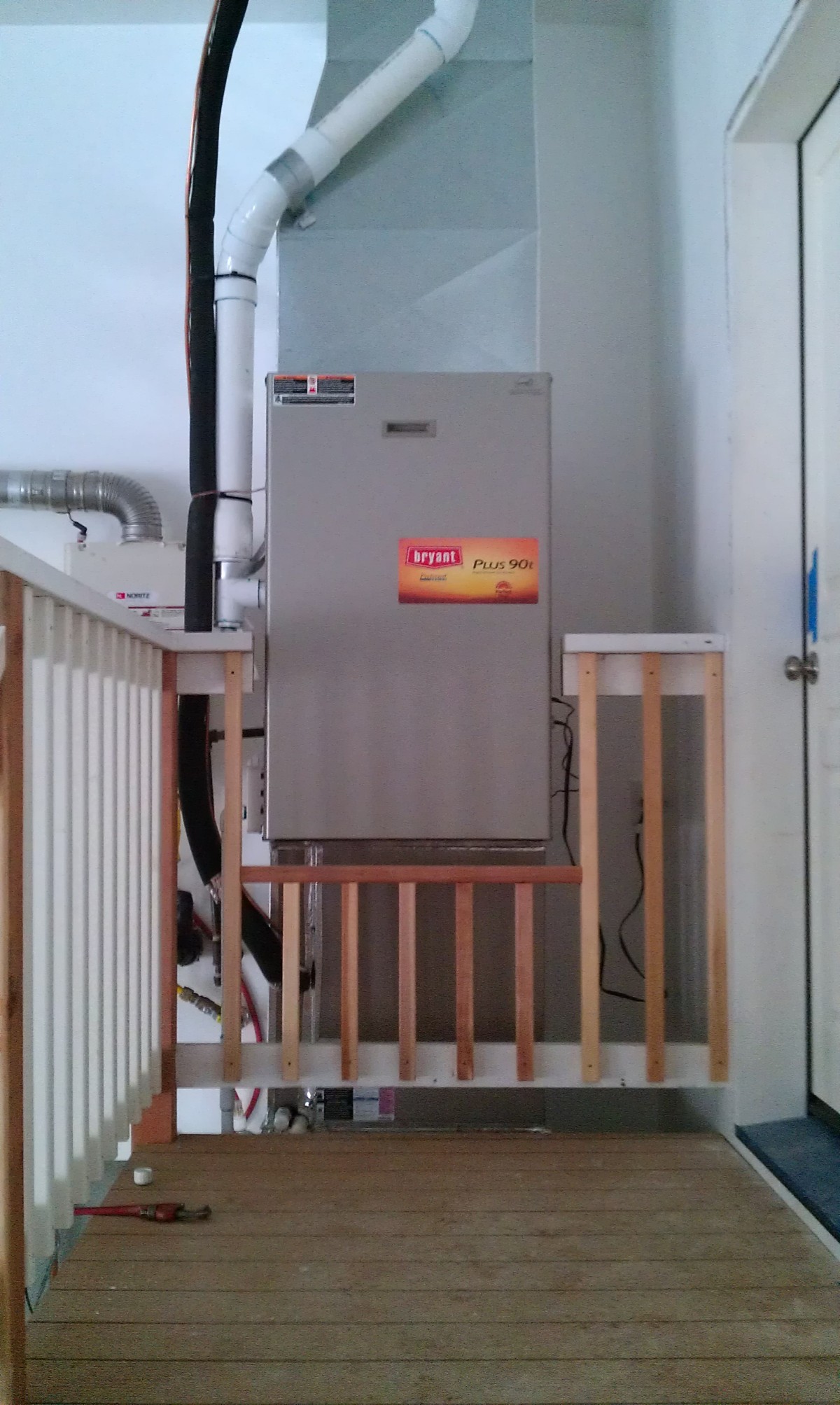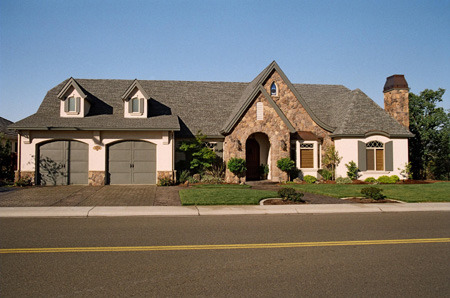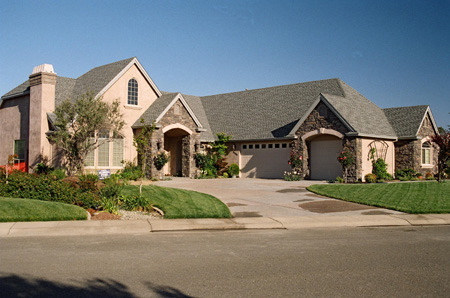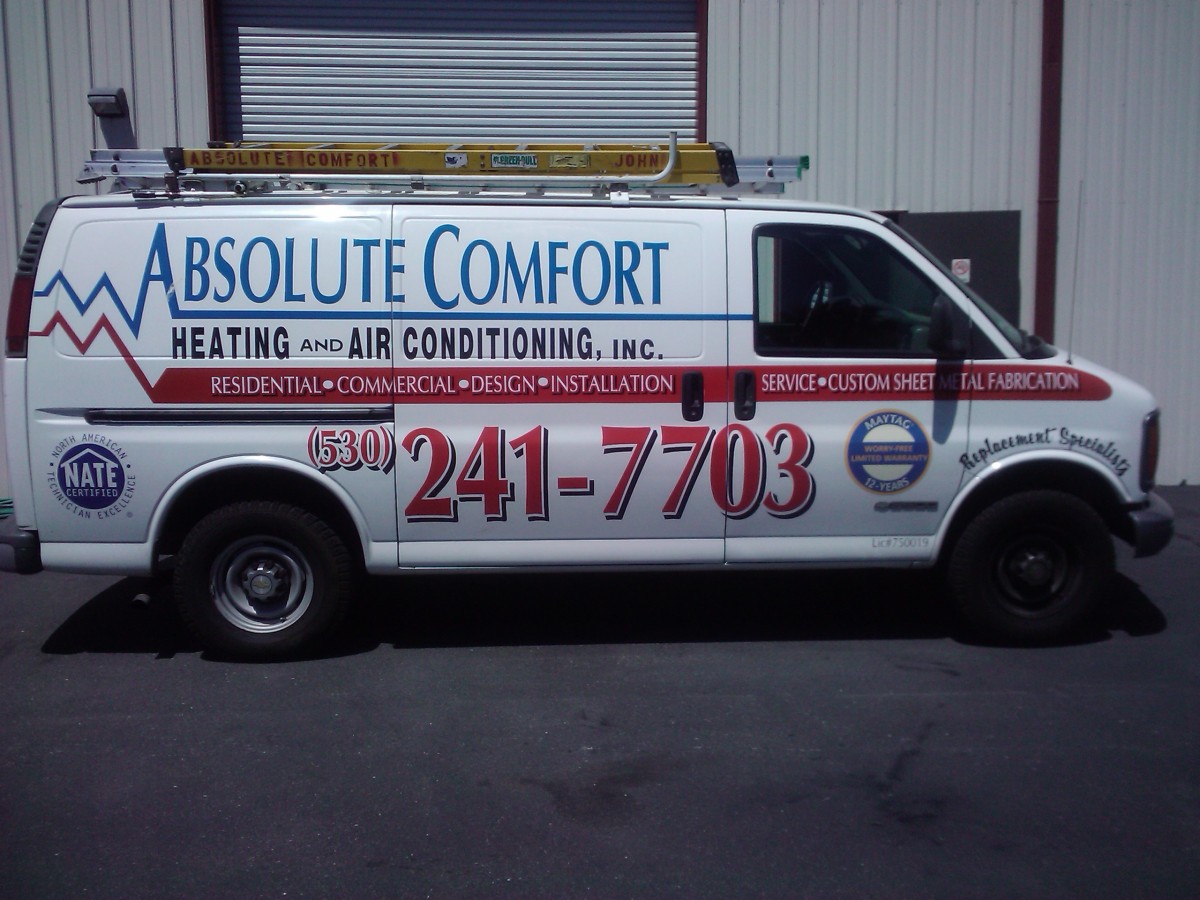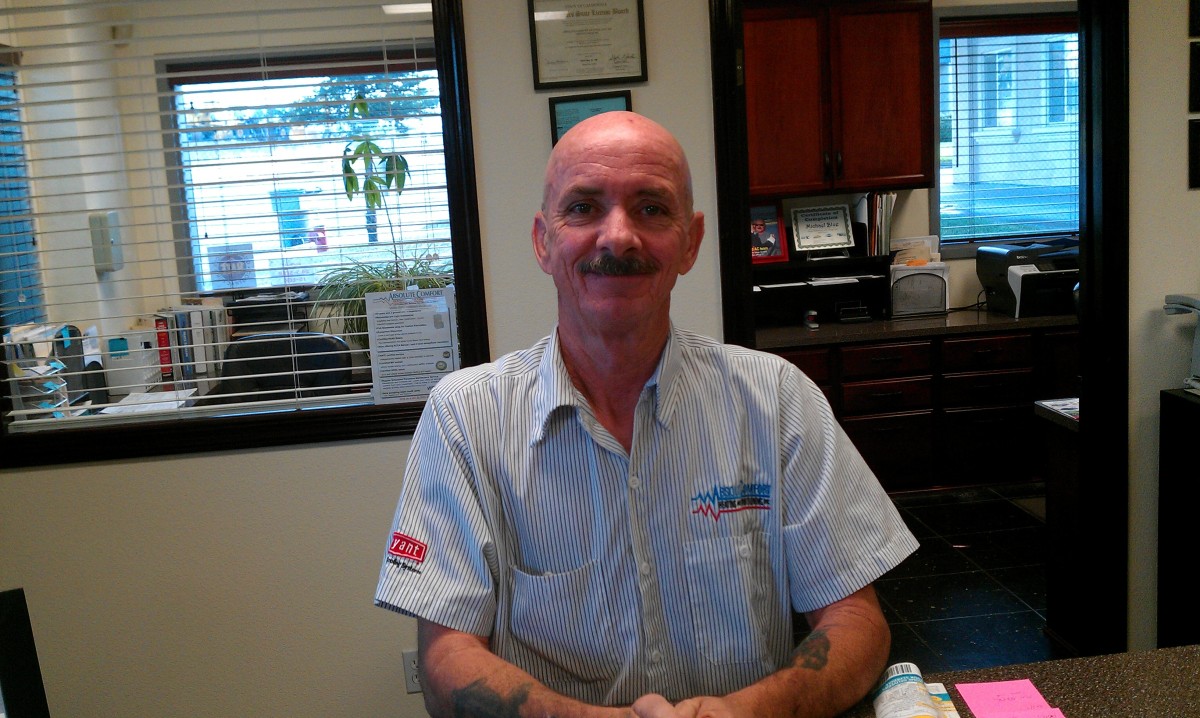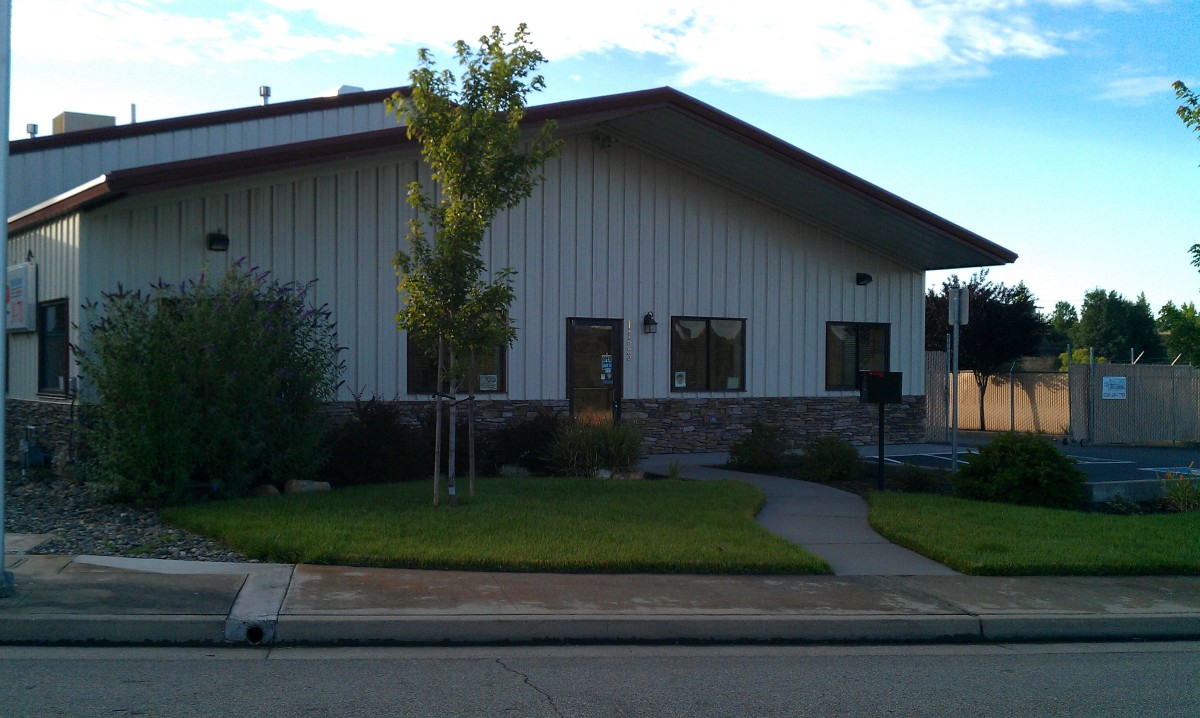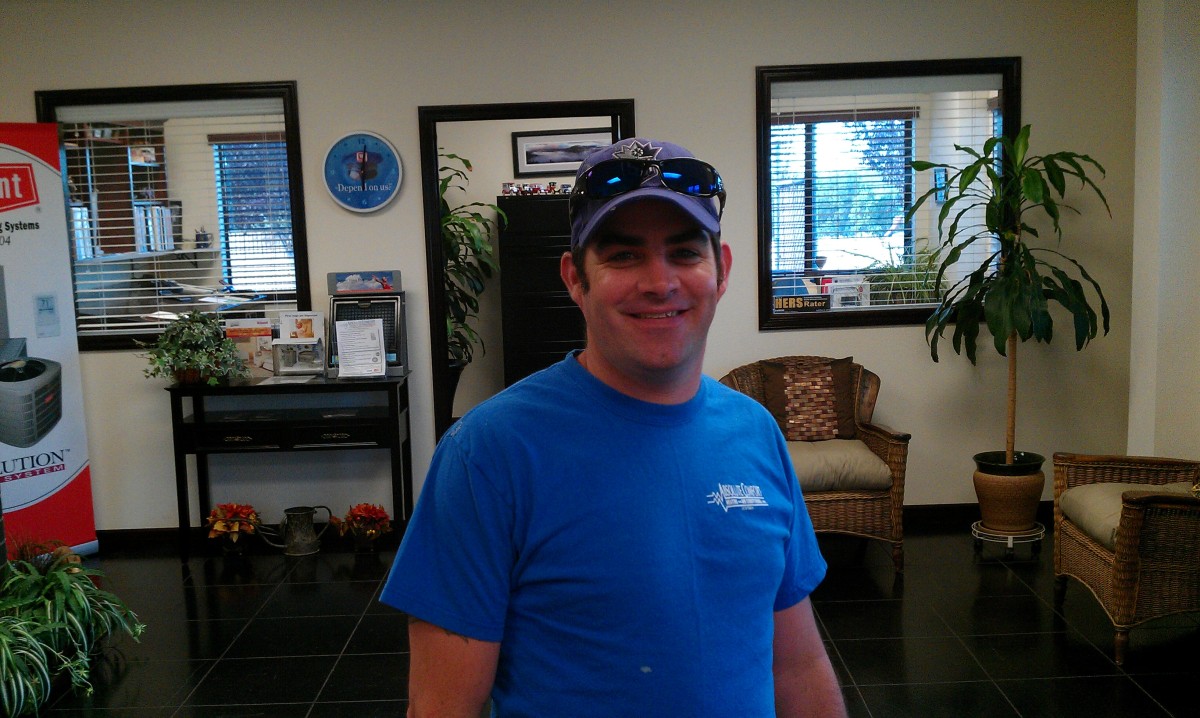PROJECT
Gallery
Our Daily Office.
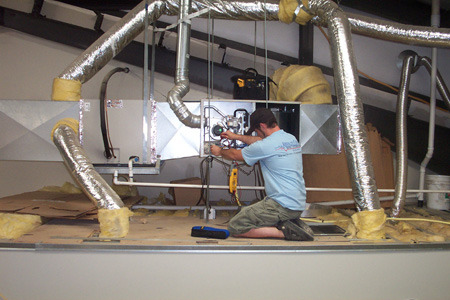
We do preventive maintenance service on all kinds of units. Some are easier to get to than others.
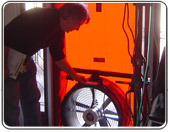
To find out how much infiltration (leakage) there is in a home, we perform this pressure test.
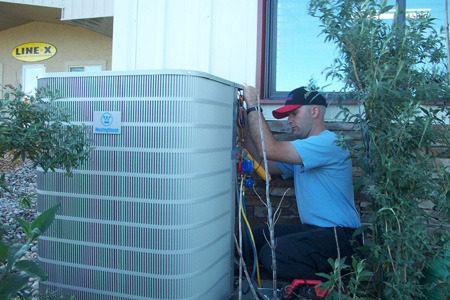
The other half of a split system air conditioner, the condensing unit sits outside, typically on the ground. This is where your A/C system gets rid of the heat it picked up inside your building.
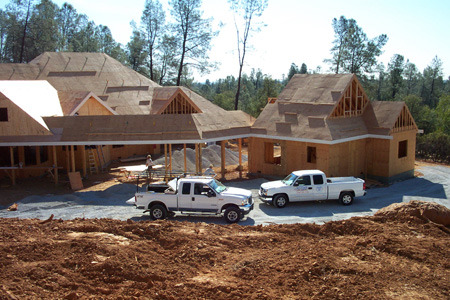
The Rough-In stage of construction is usually when we install the majority of a heating and air conditioning system in any new construction project.
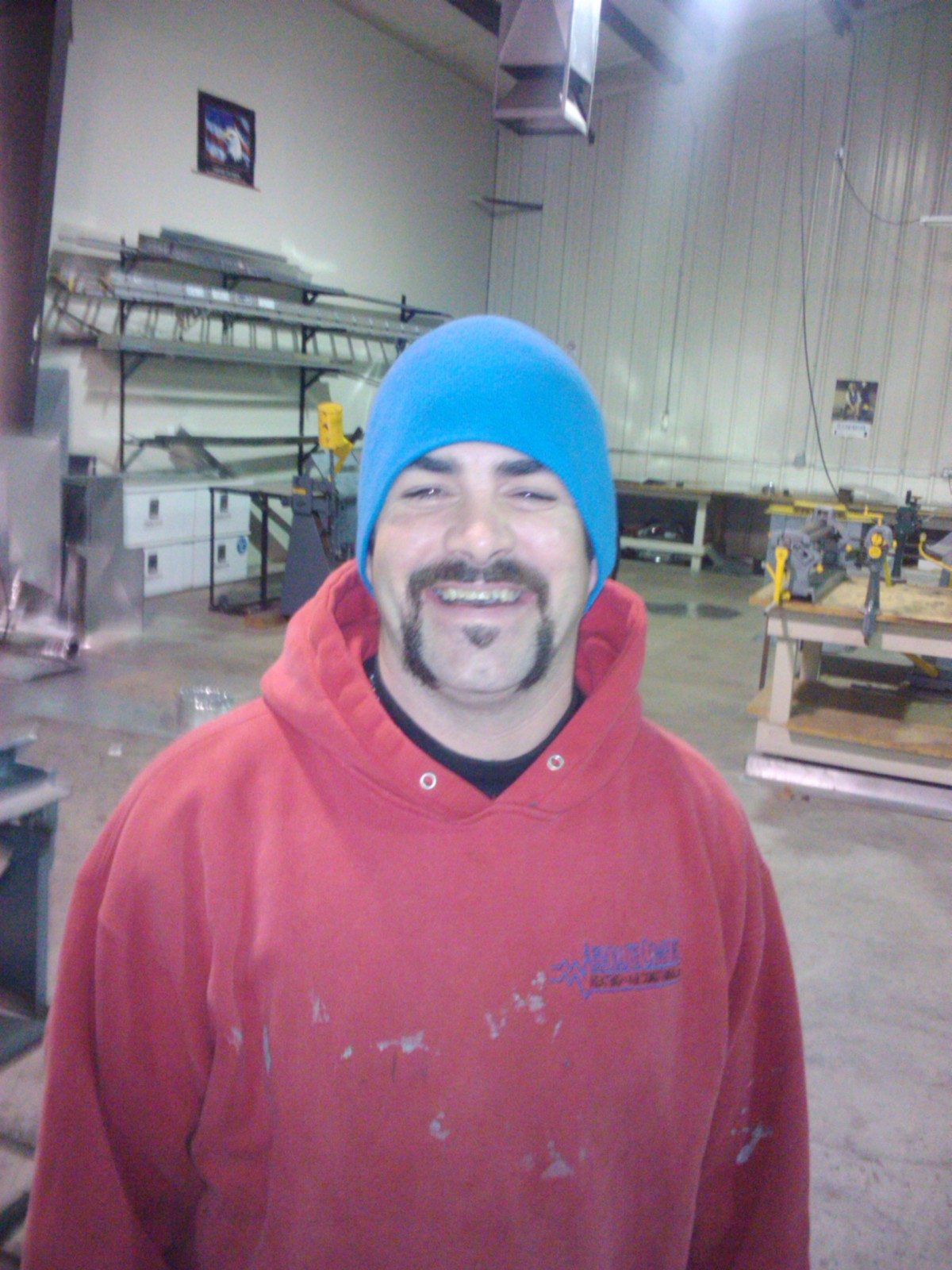
He grows one every year. :)
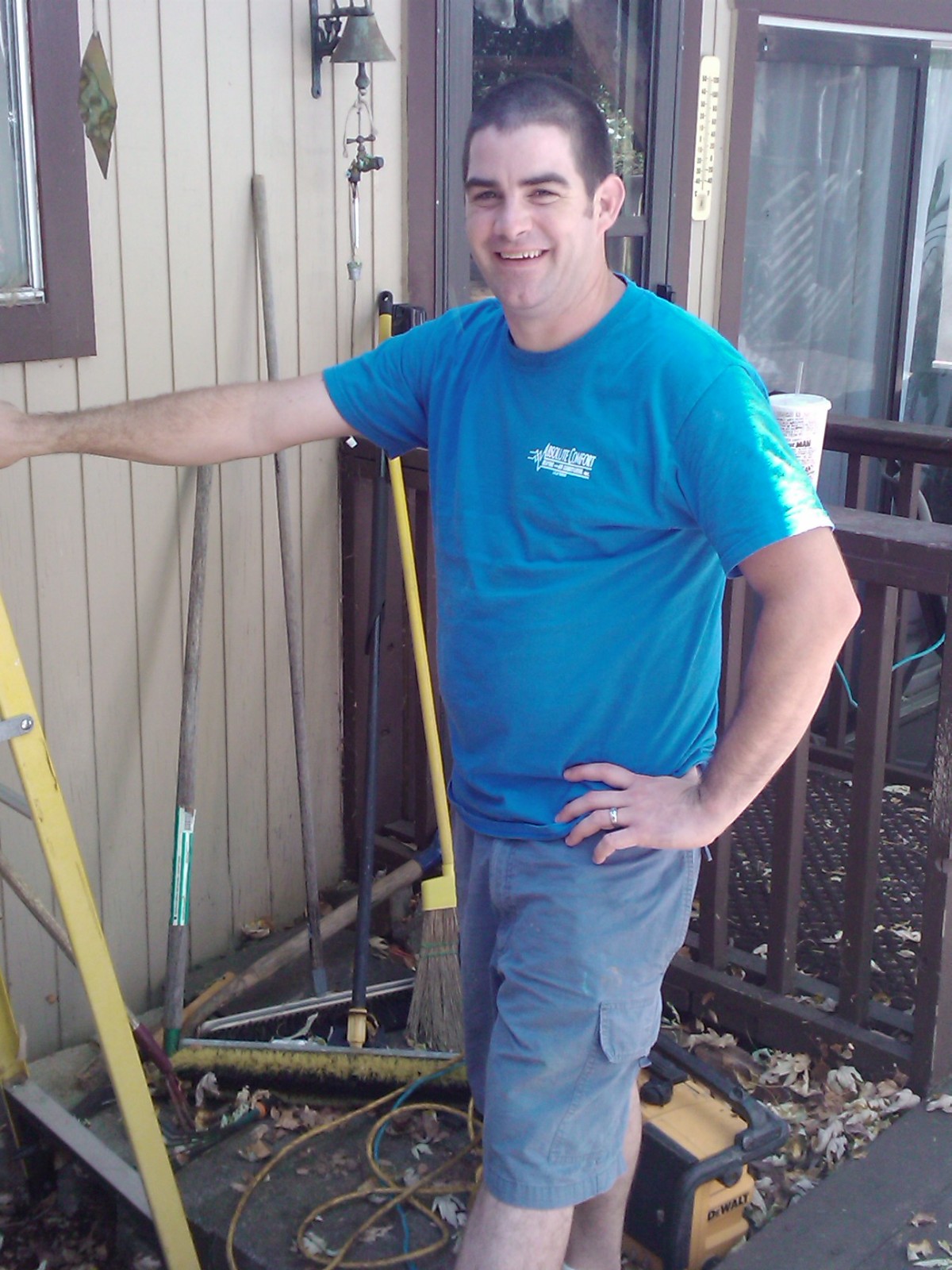
This is Jon Manly, our Lead Installer, minus his winter mustache. :)
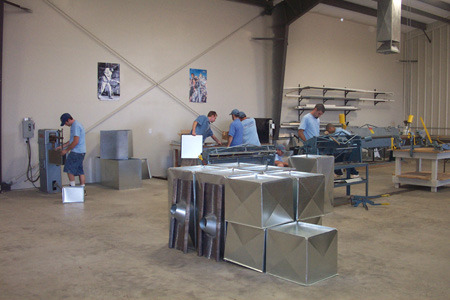
A portion of our sheetmetal shop, where we manufacture fittings and flashing for each job.
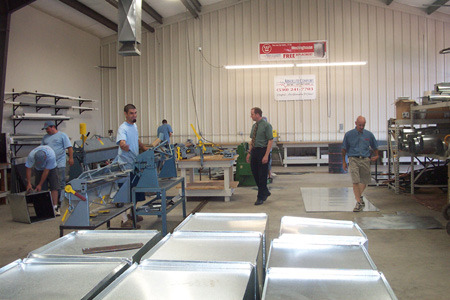
Another view of our shop.
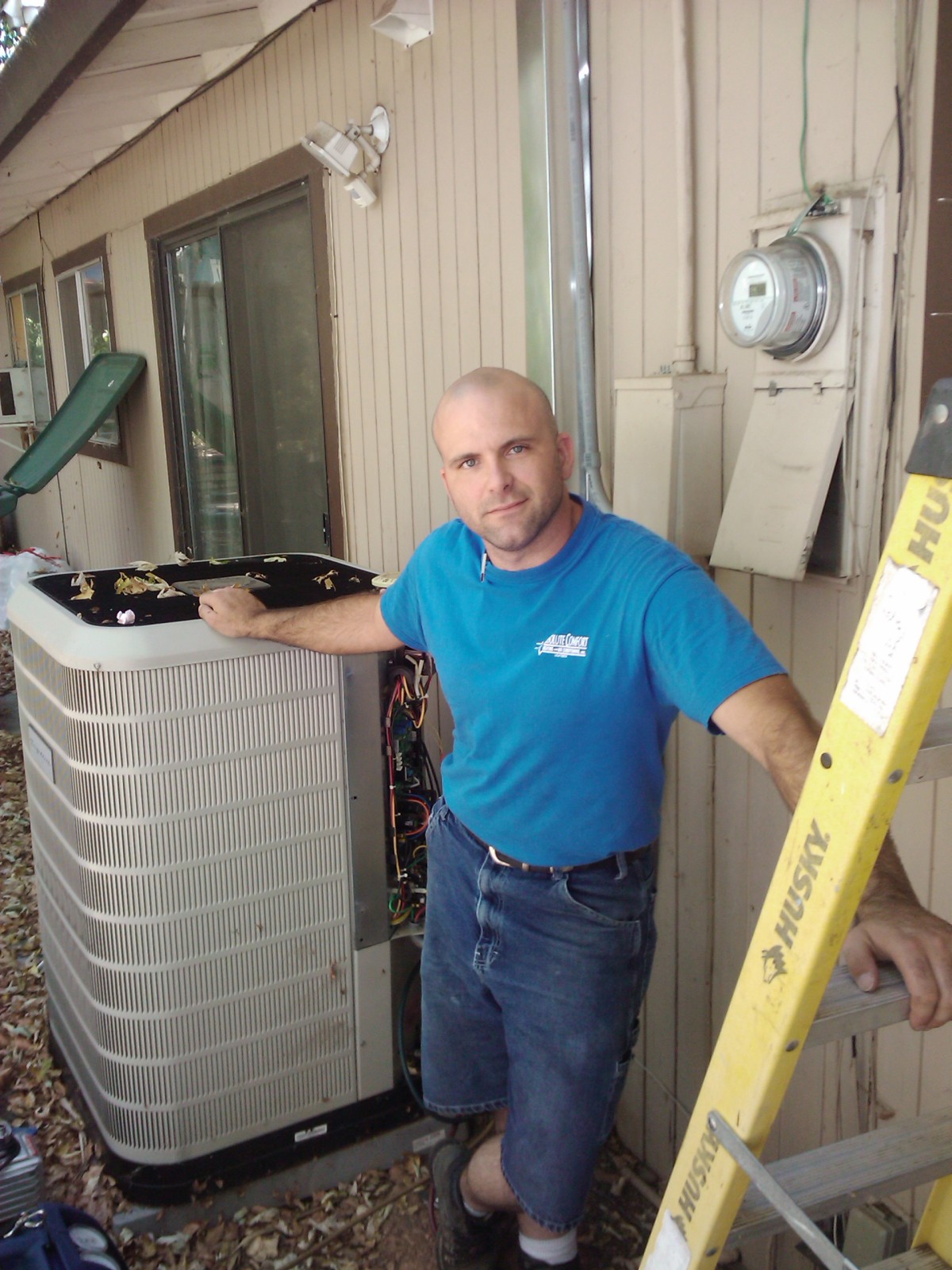
This is Michael Blue, our Service Manager. We're not sure what he does around here... :)
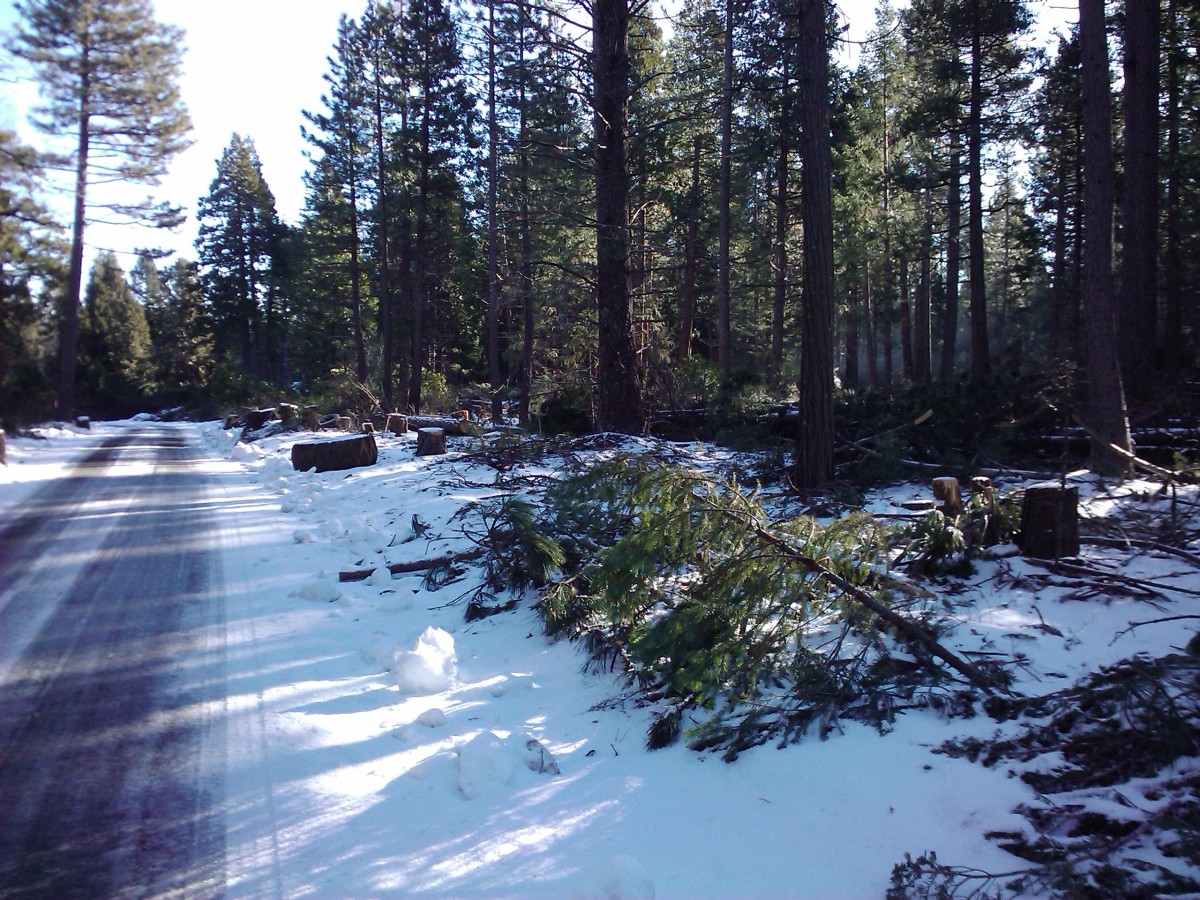
One of the great things about doing what we do in the northstate, is the excellent scenery.
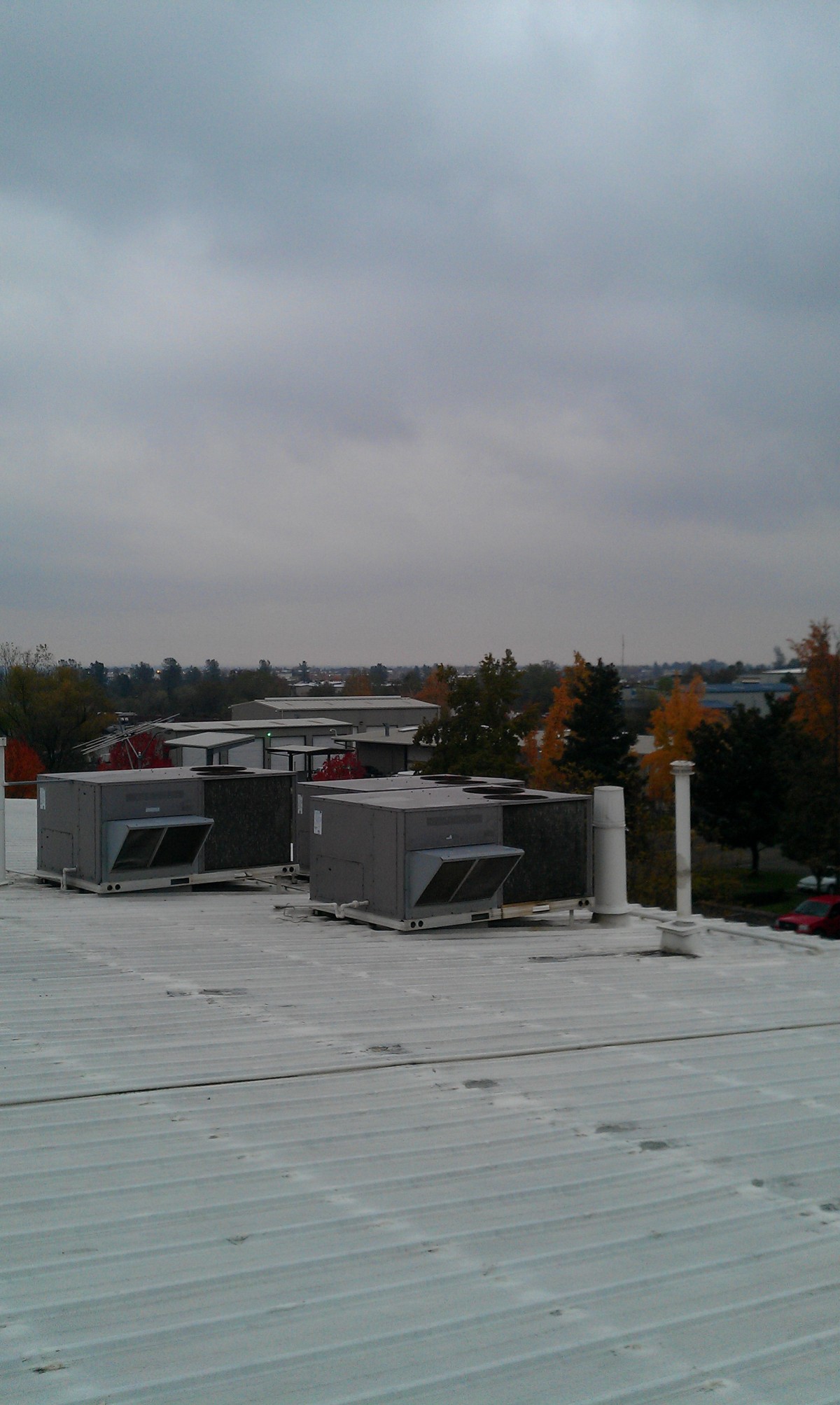
Our work often takes us up on rooftops, which offer some nice views.
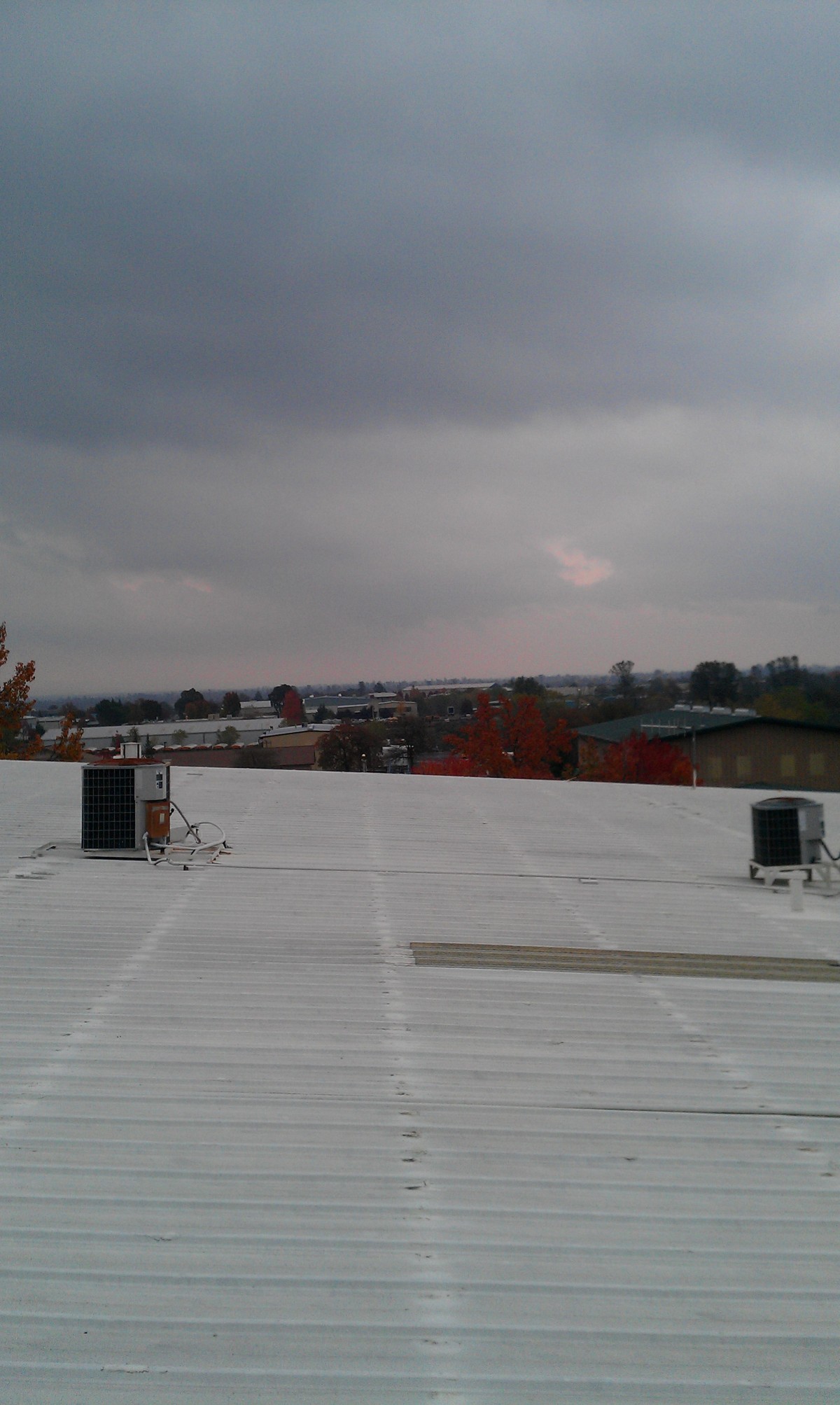
Even on cloudy days.
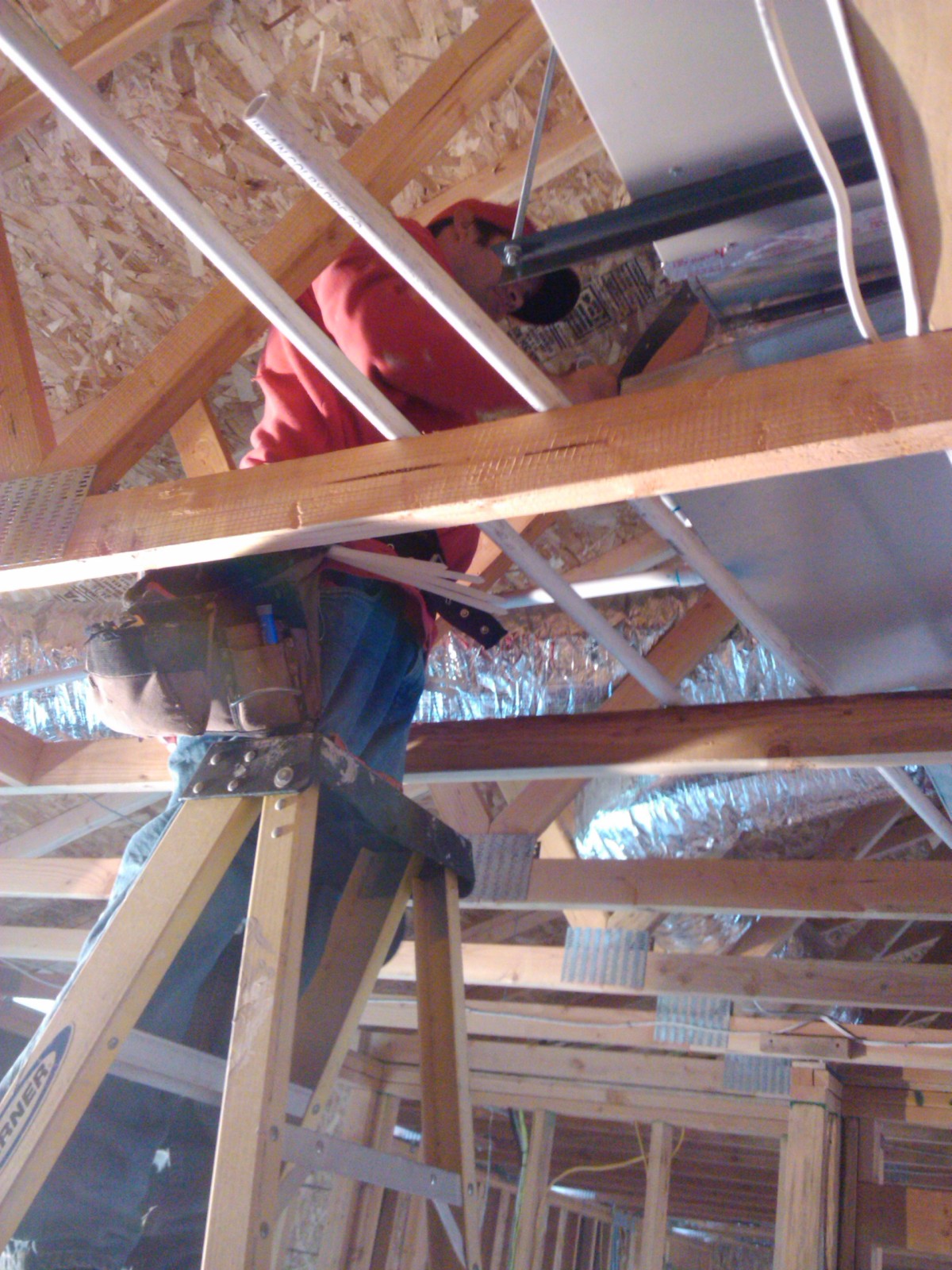
This is a common sight. Installing a new split system on a new construction job.
Problem Indicators
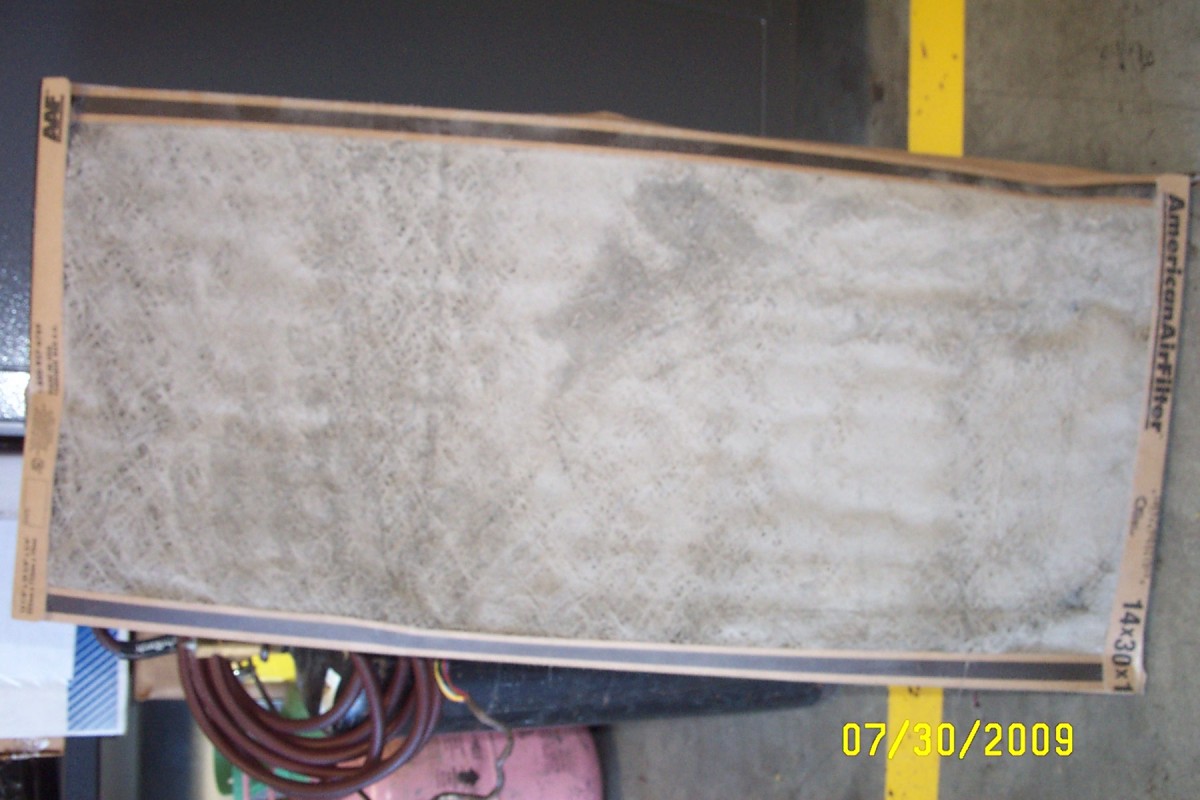
Filters filters filters filters filters. Filters. Seriously. They are cheap protection for your unit. You wouldn't believe how many thousands of dollars in a single repair job could have been prevented by a three dollar air filter.
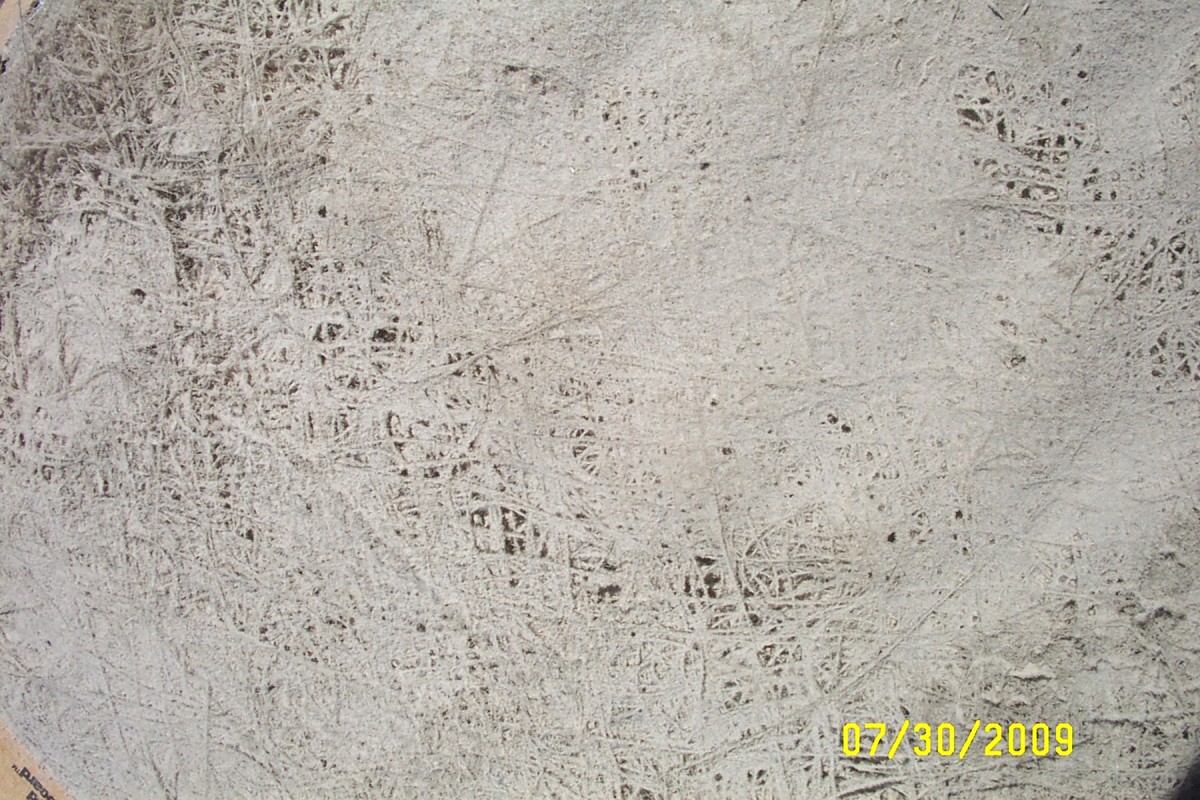
How is air supposed to get through this? Also of note: we see this most often in rental properties. Out if sight, out of mind...
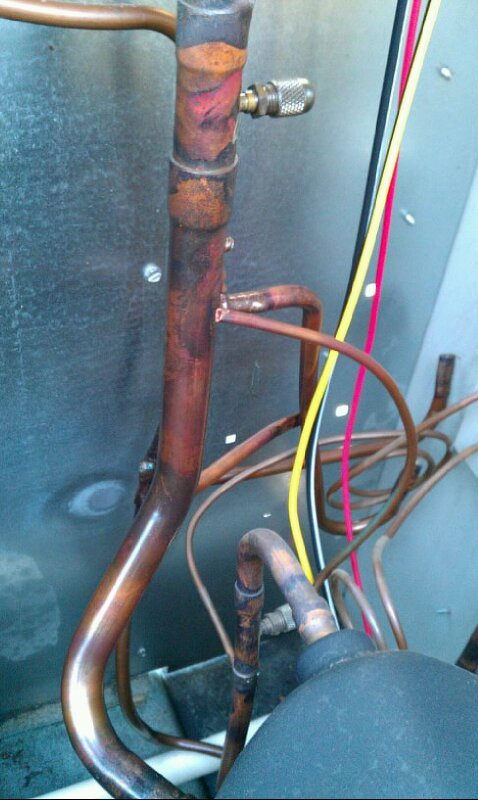
A prime example of "sometimes things just break". Internal pressures. Possible weakness in the metal. Could be a number of different things. I think this one was due to vibration stress over time, but the end result is no more refrigerant in the system.
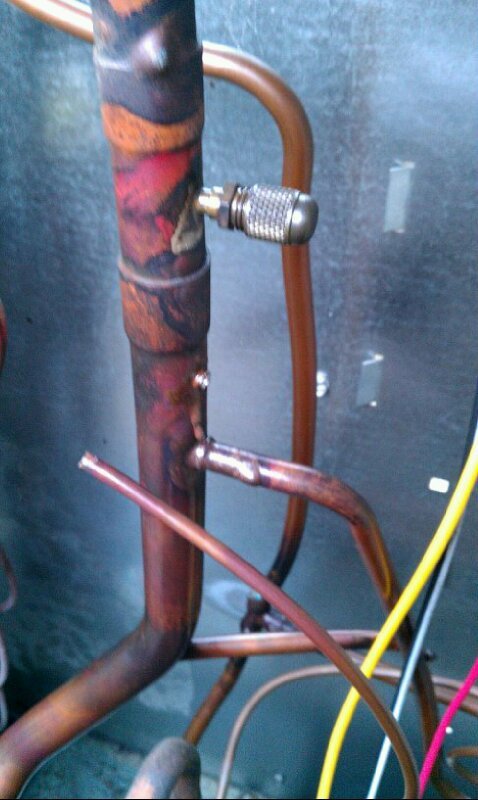
That little tube is supposed to be part of that little nub located underneath that service port with the cap on.
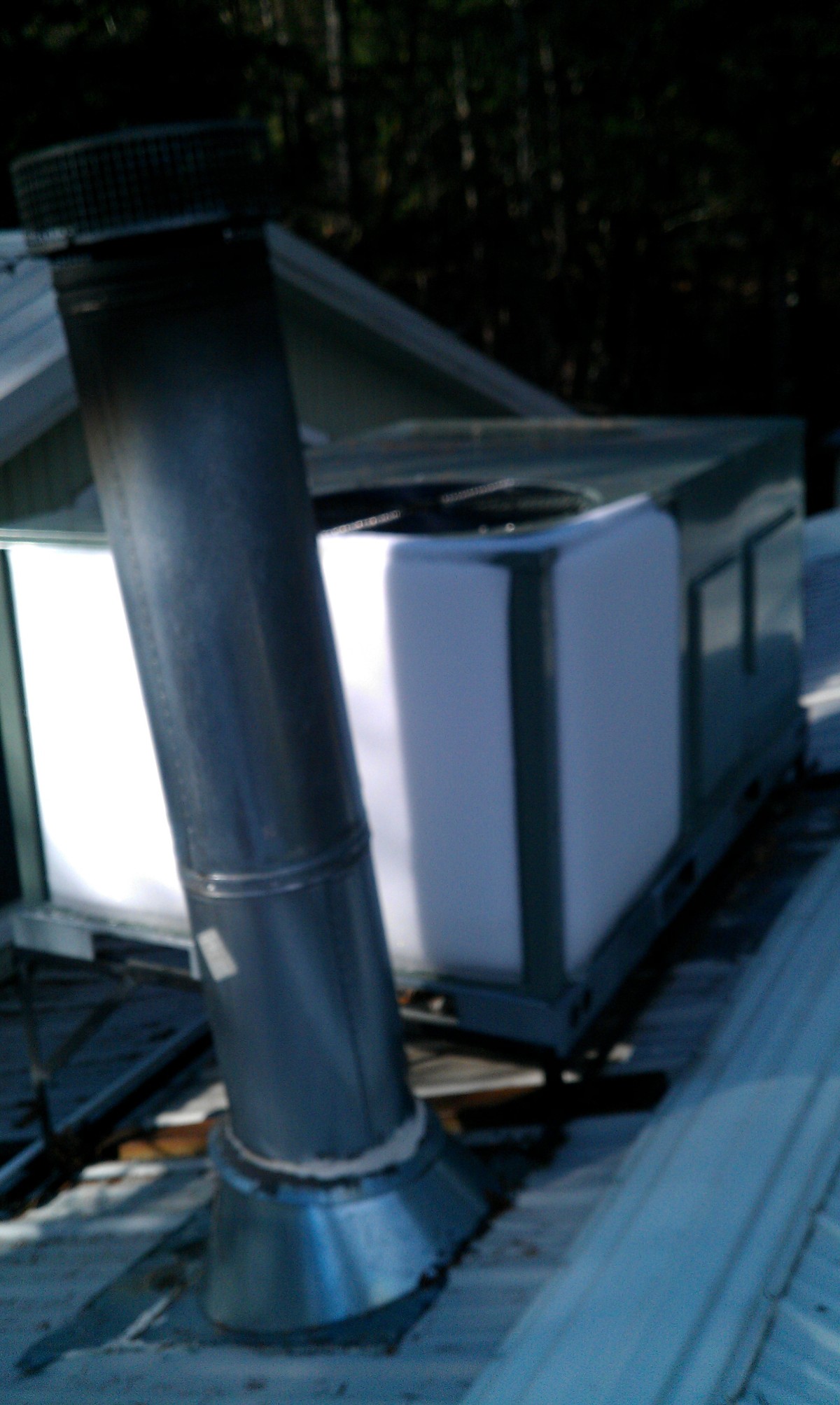
This is not okay, folks. Heat pumps, like this one, will develop ice sometimes while they operate. That is normal. However, they also go through a defrost cycle after running for a certain amount of time, which prevents this level of ice build-up. This one isn't doing that. When your unit is a giant ice cube, that's a big problem. If not caught and repaired in time, it will slug your compressor to death (read: thousands of dollars to repair).
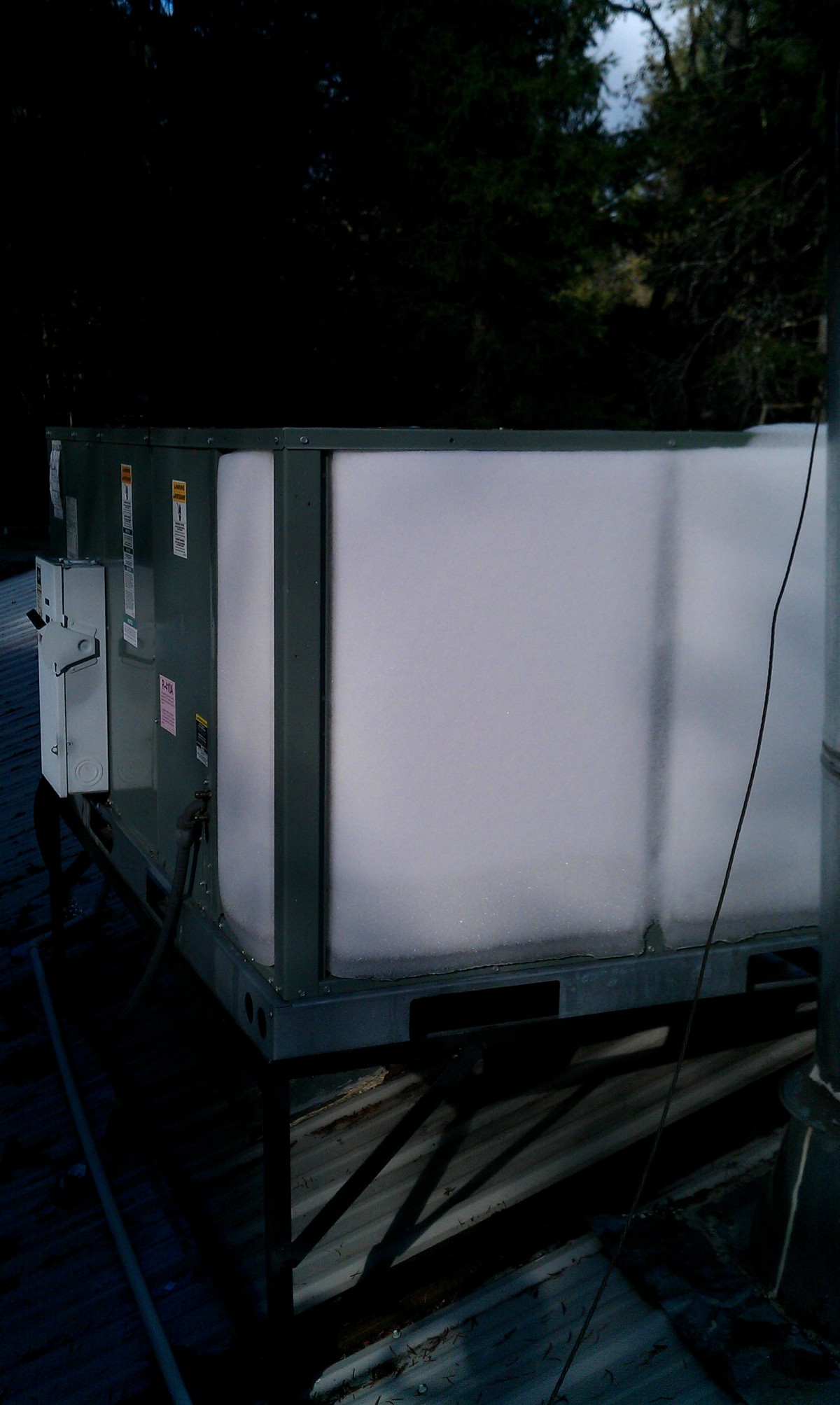
Let's look at that, from another angle...
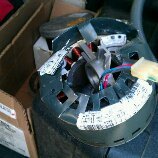
Ever wonder why the labor amount of a bill seems high? It tends to be something like this. The shaft of this motor had developed just enough rust to prevent it from sliding out of the fan wheel hub. Not enough room to get a hub-puller on it. So! it's time to get creative. Had to cut this thing out piece by piece.
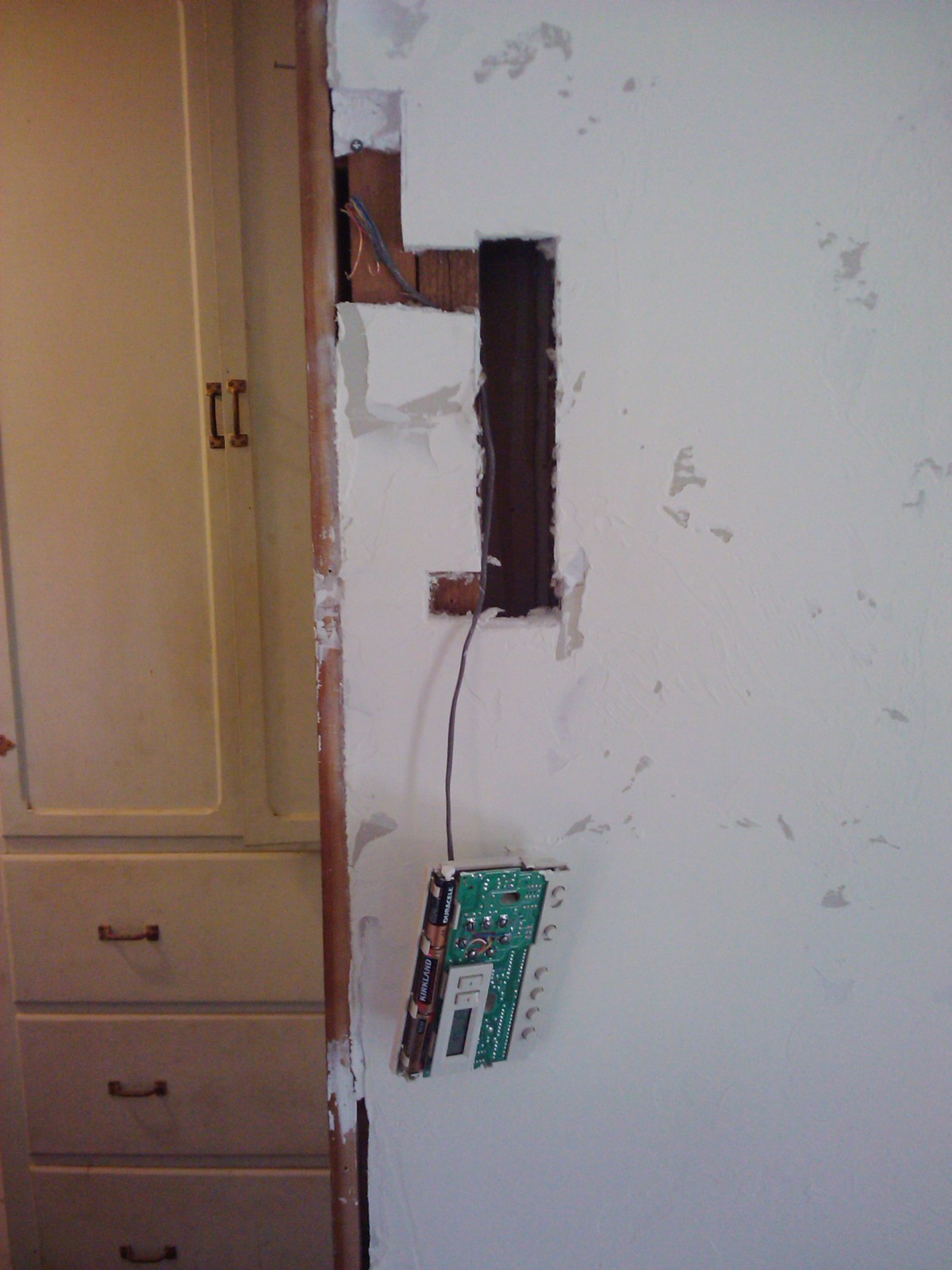
Sometimes running down problems such as this tend to play out like a murder mystery. This one was the Drywall Contractor, in the Living Room, with the Candlestick!
I know, bad joke. In all actuality I think "weapon" in this instance would be the drywall itself. It looks like the thermostat wire was trapped and crushed against a wall stud, breaking the connections. Not a common problem, thankfully, but sometimes it can be fun to figure it out.
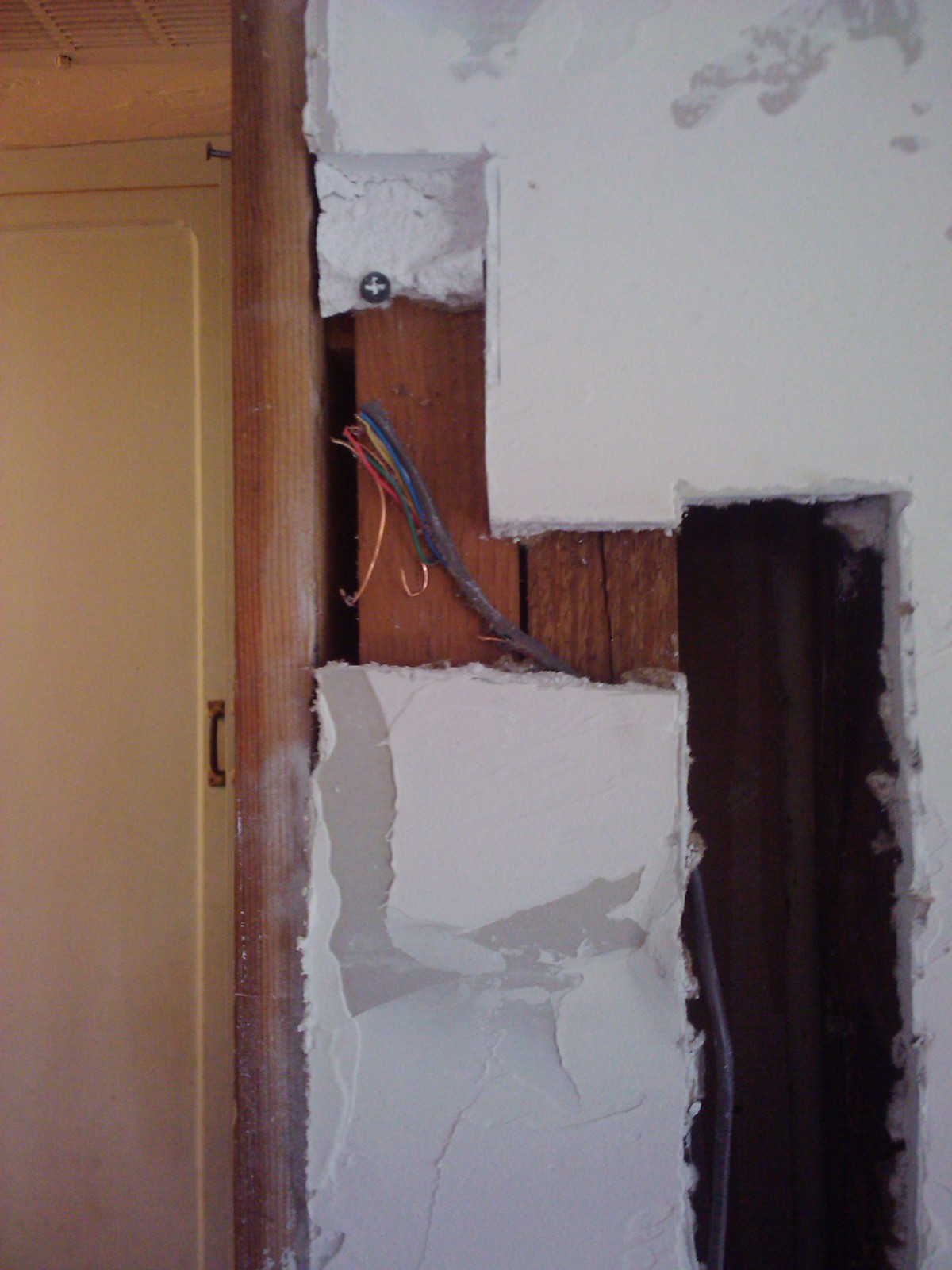
The grisly remains...
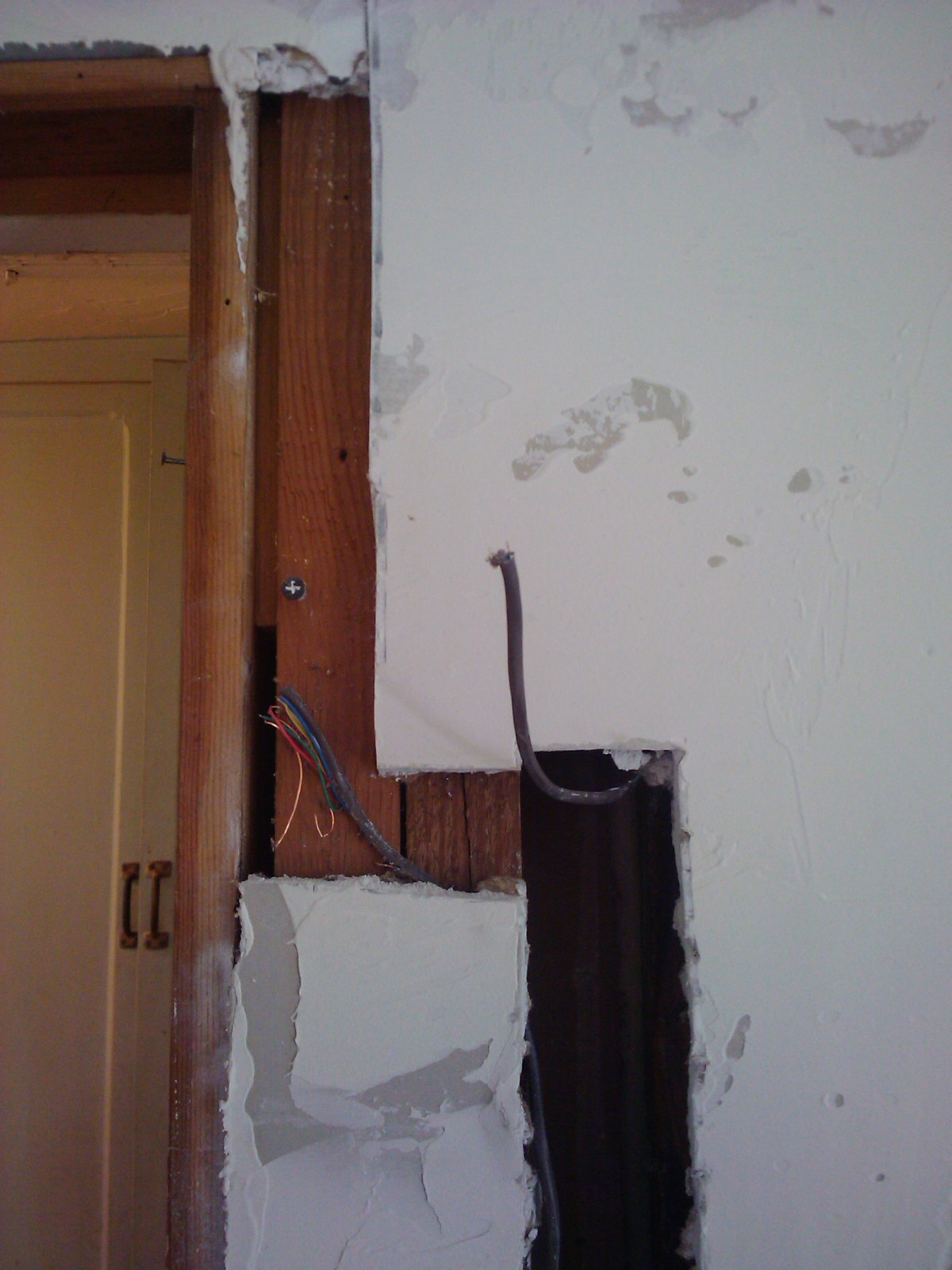
Aha! The other half of the... body.
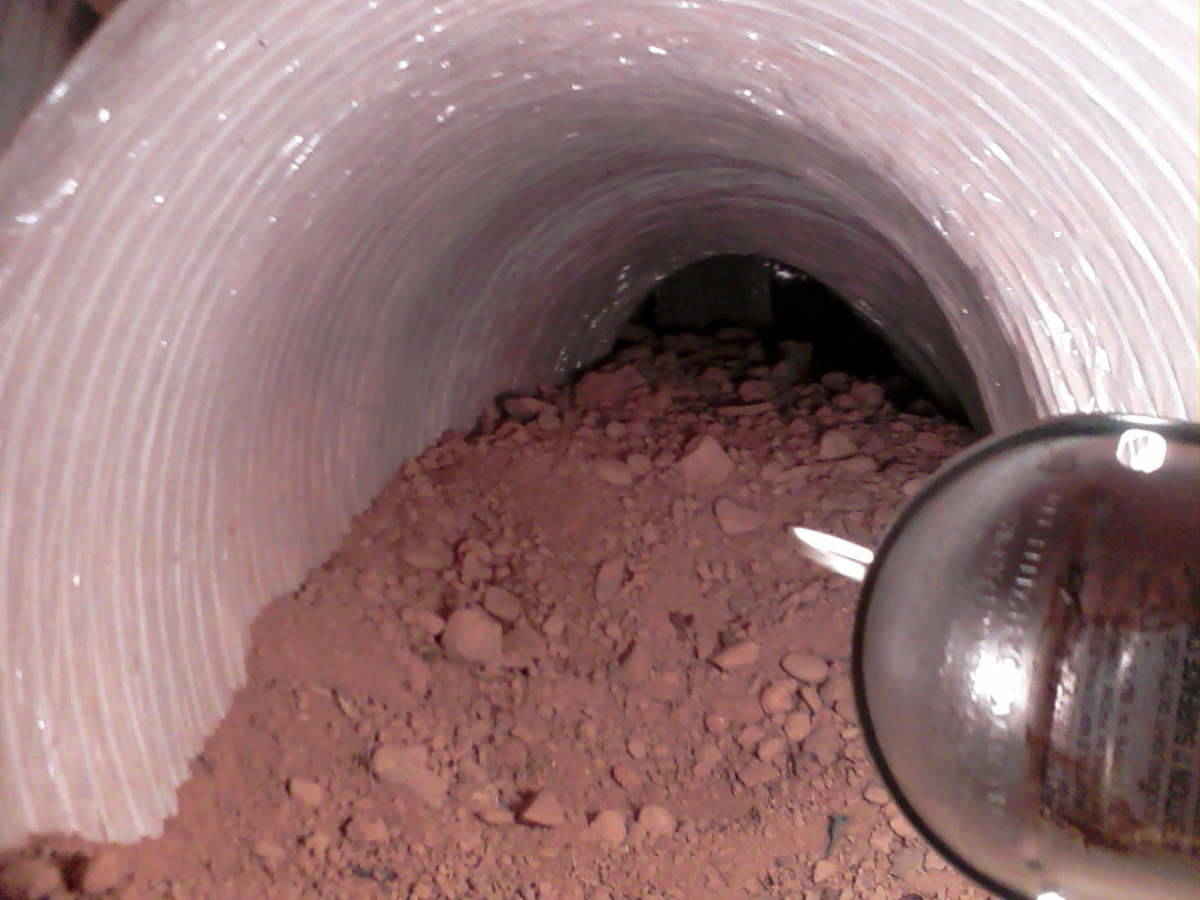
This was a total surprise to find. The ground squirrels had, by accident or perhaps design, managed to use the dirt from their burrow to divert air down into the tunnels. Brilliant! Annoying, but brilliant!
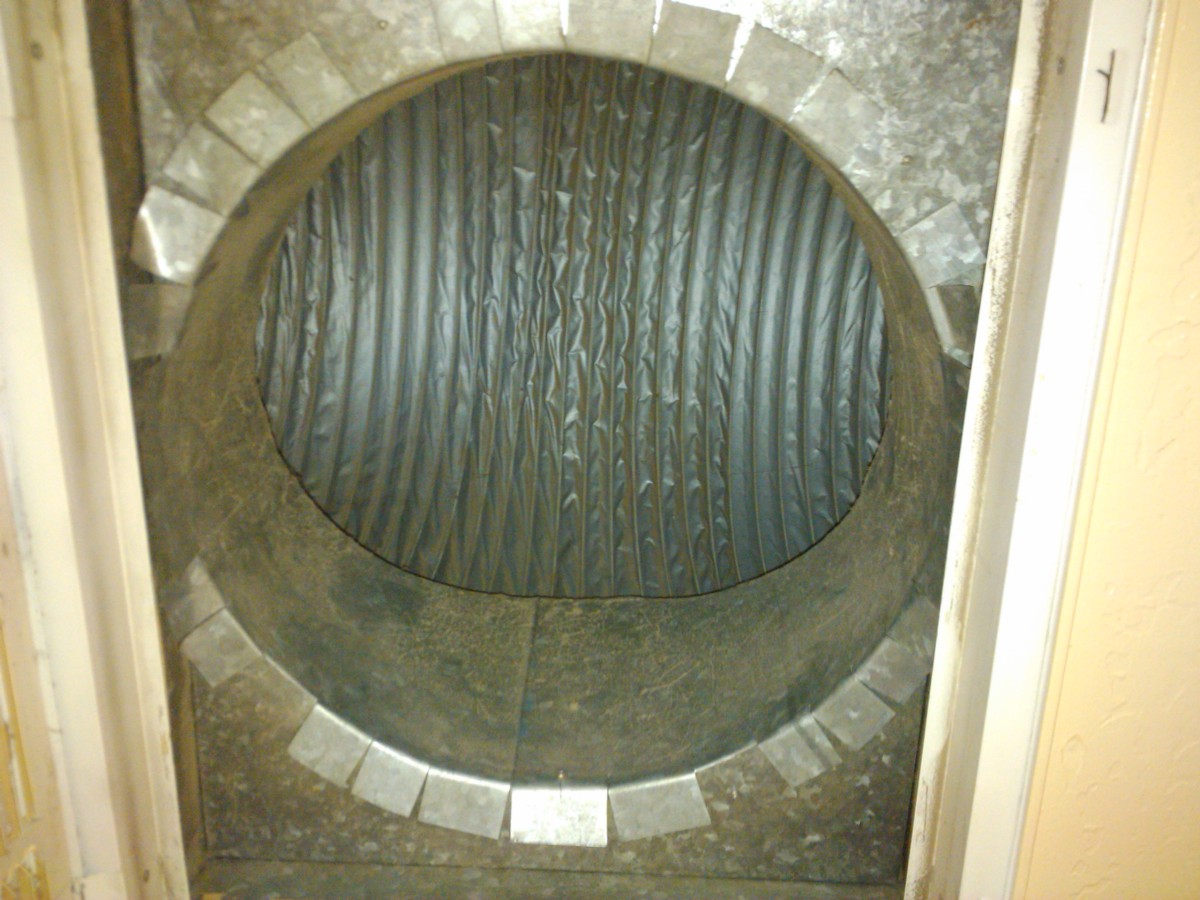
A Return Air duct is not typically installed in the middle of the duct run in a residential system. I wonder why they did it here?
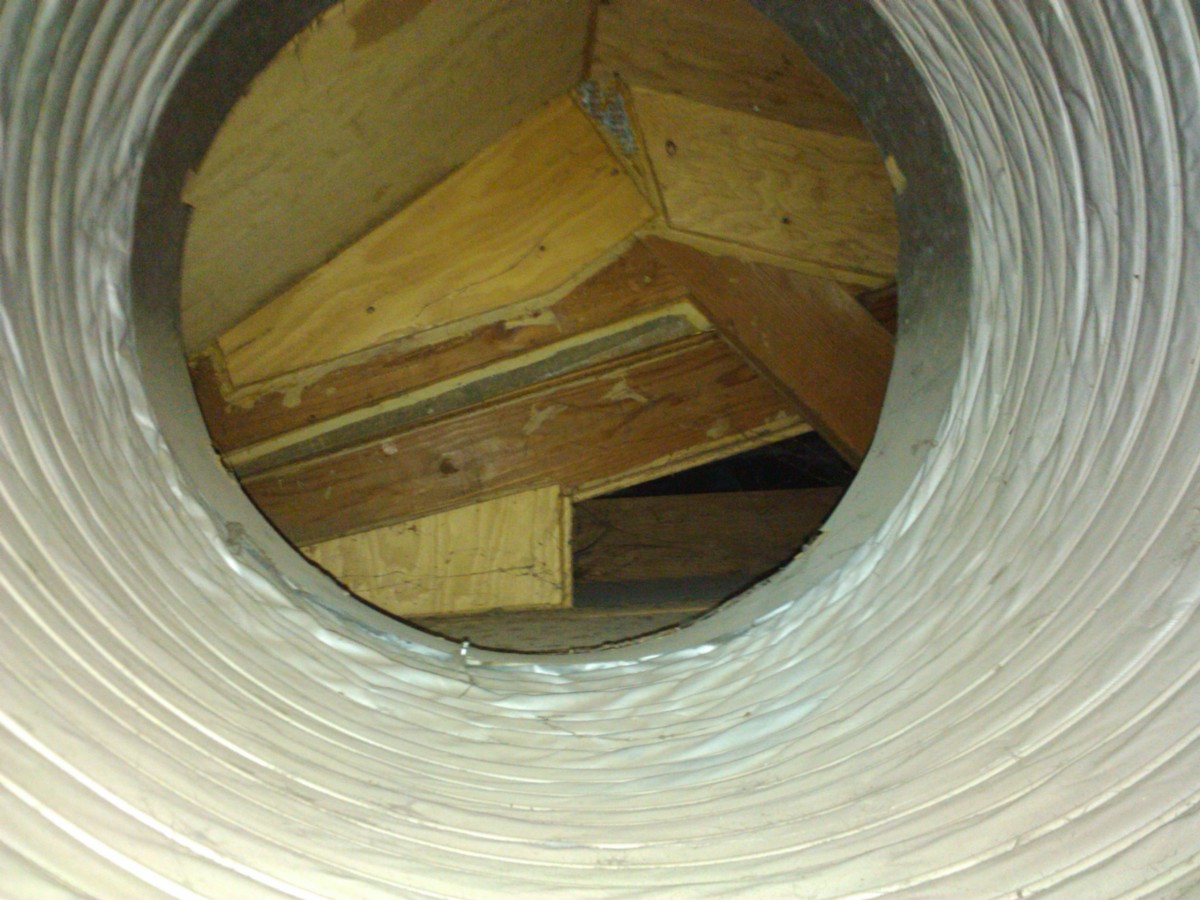
Oh! That's why. They are using the entire attic (and all of its temperature extremes, as well as air leakage) as a return air "chase". Not a good plan...
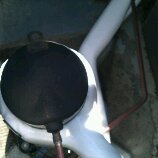
This is not a good sight. There are a number of potential causes, but for it to get to this point is very bad for your compressor.
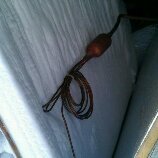
And here we find the evaporator completely frozen over. As backwards as it may seem, all this ice will not get cold air into your building. For starters, how is air supposed to get through that?
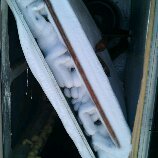
On occasion, you will get a feeling of cold air from the Return Air grille. That is due, predominately, to air in contact with the evaporator coil getting cold and "falling" into the house. It's a sign that something is wrong with your system.


